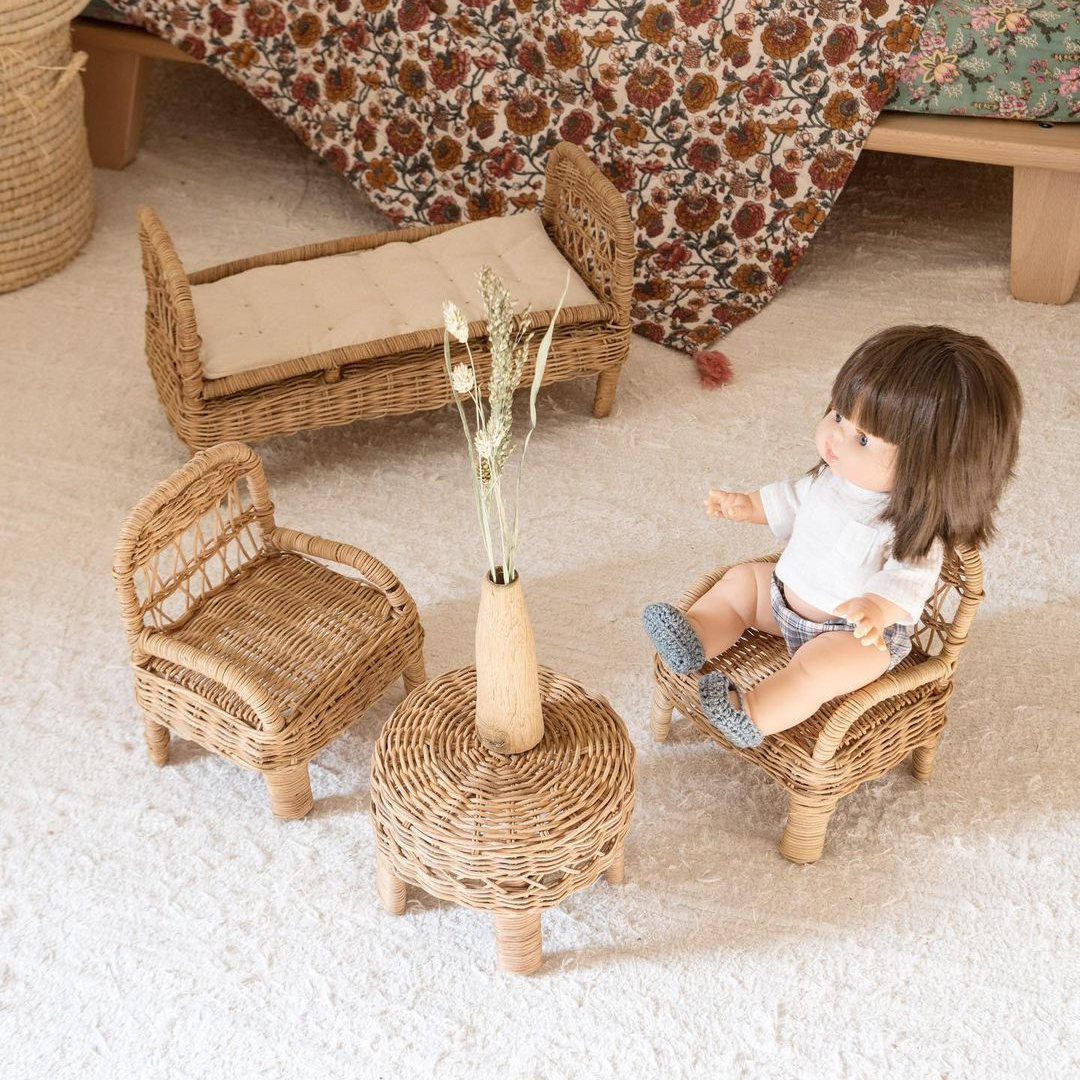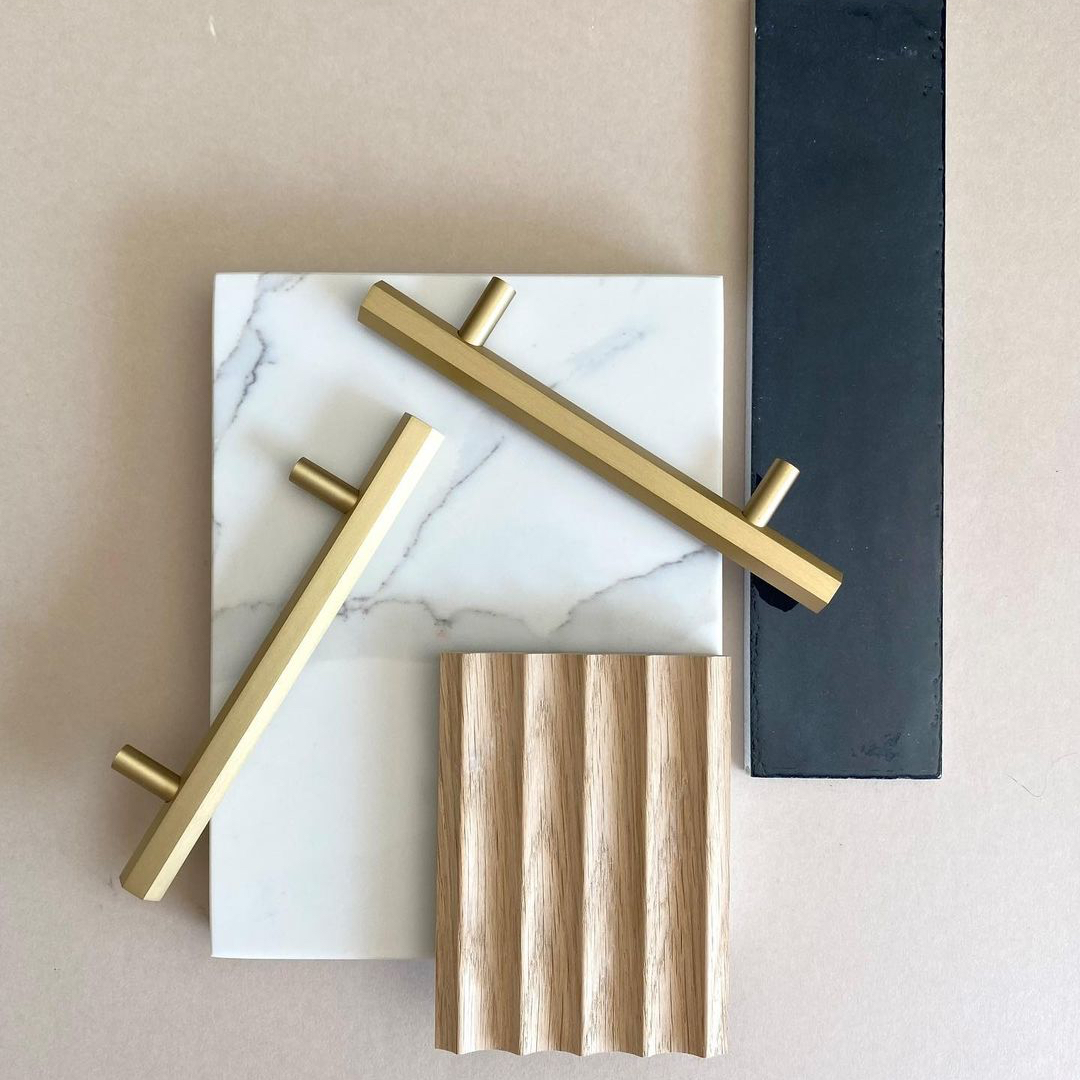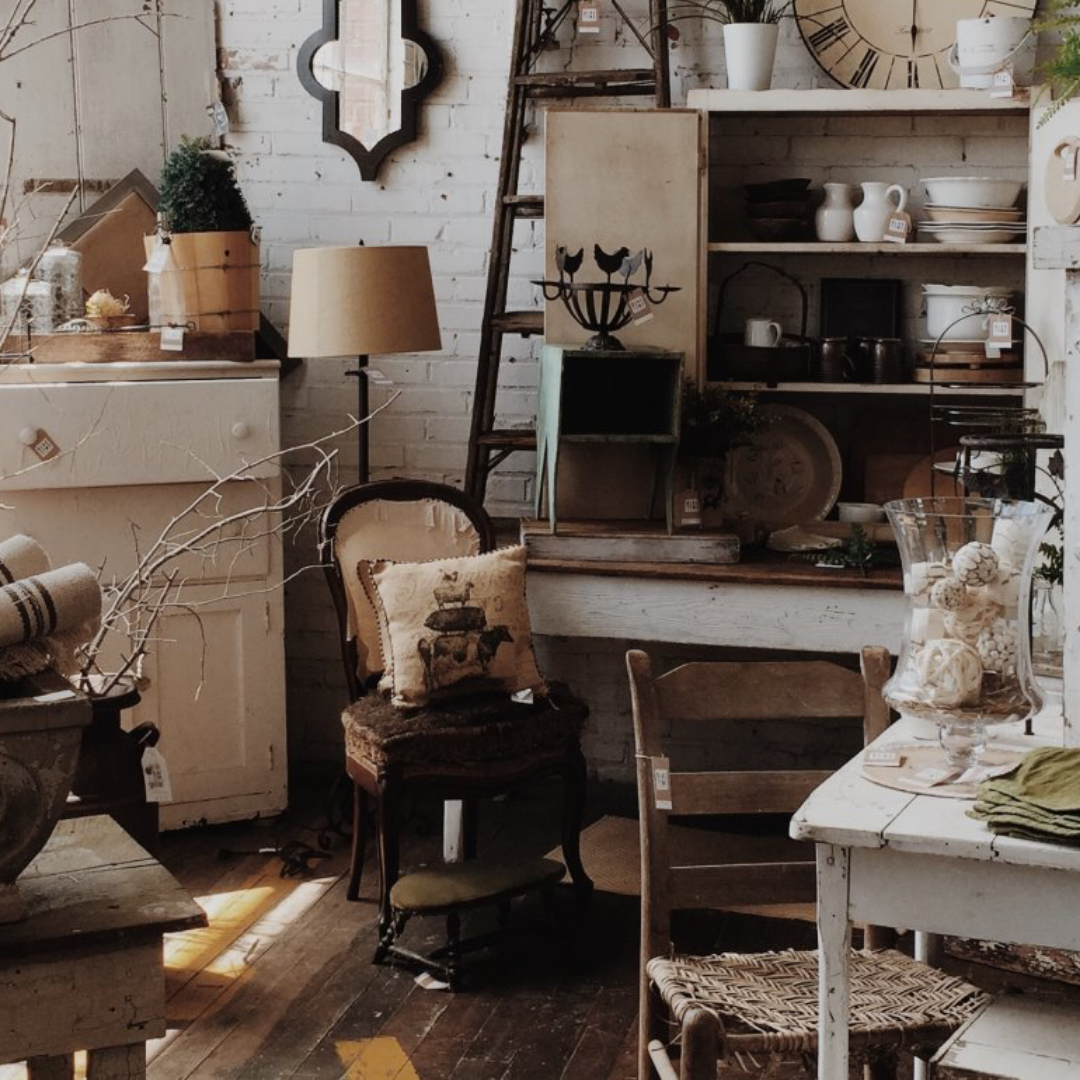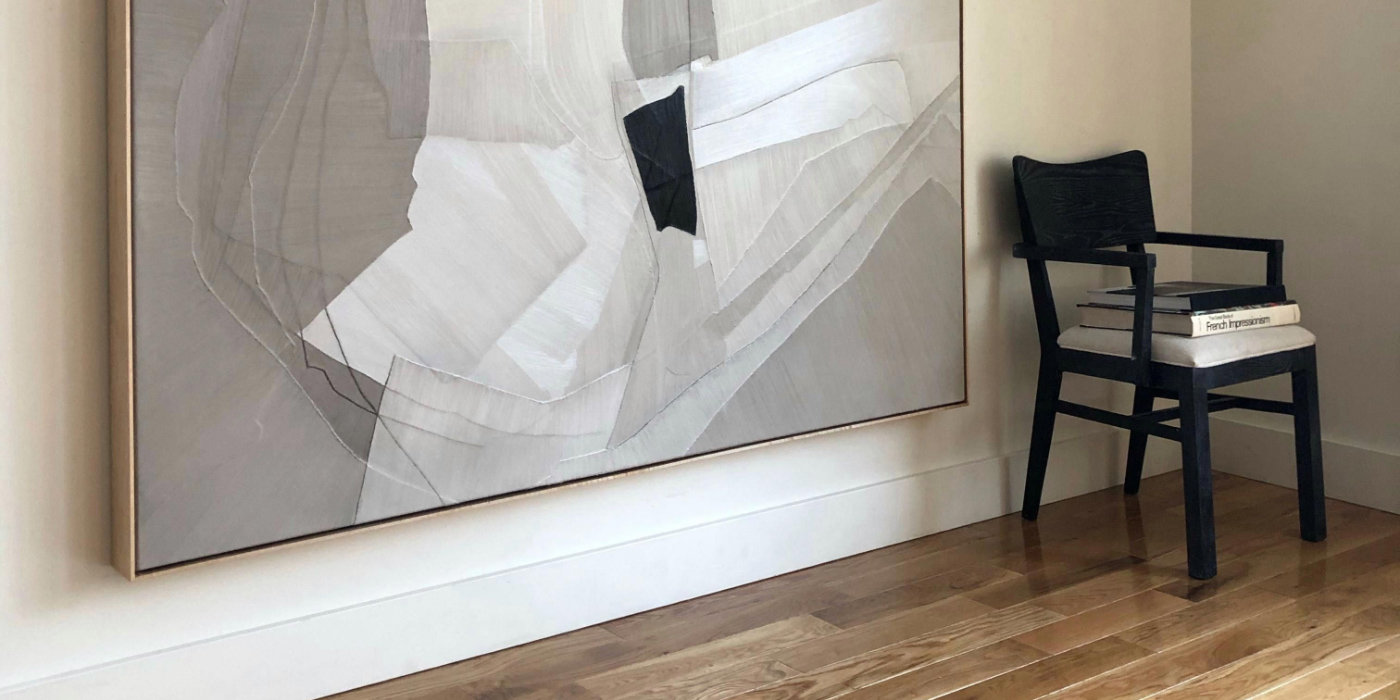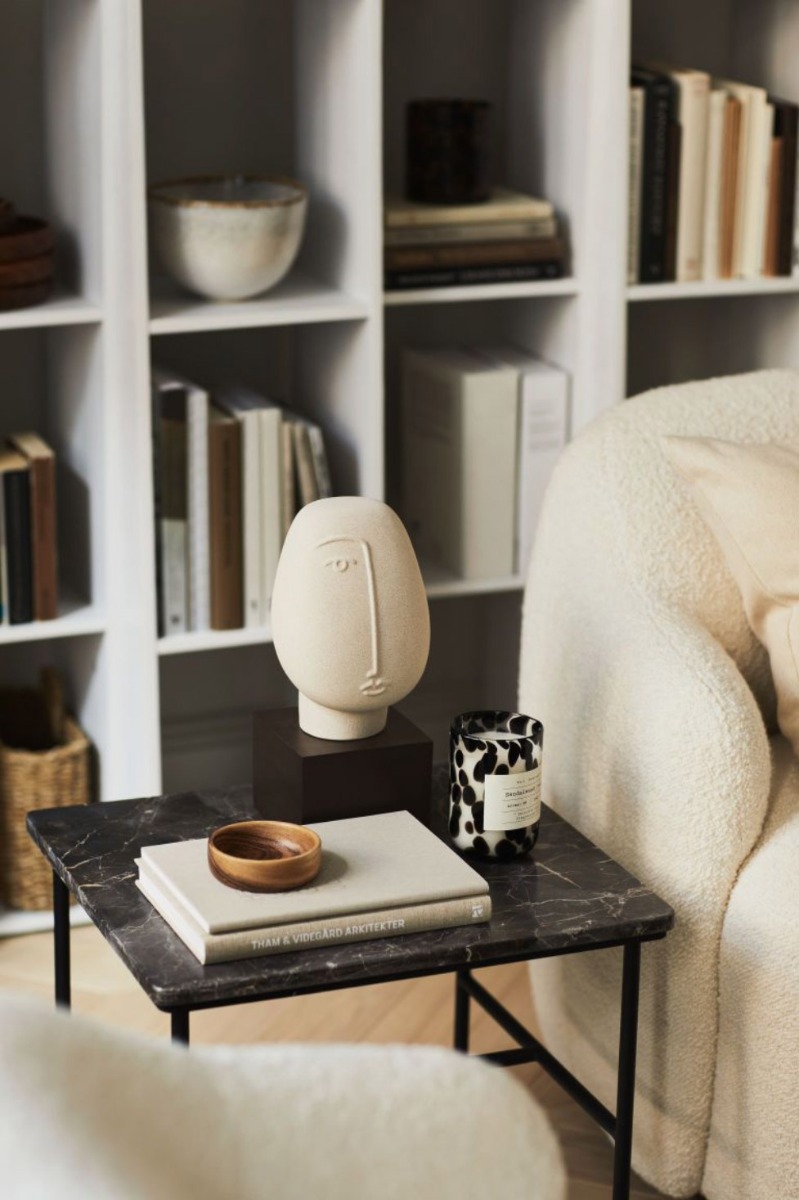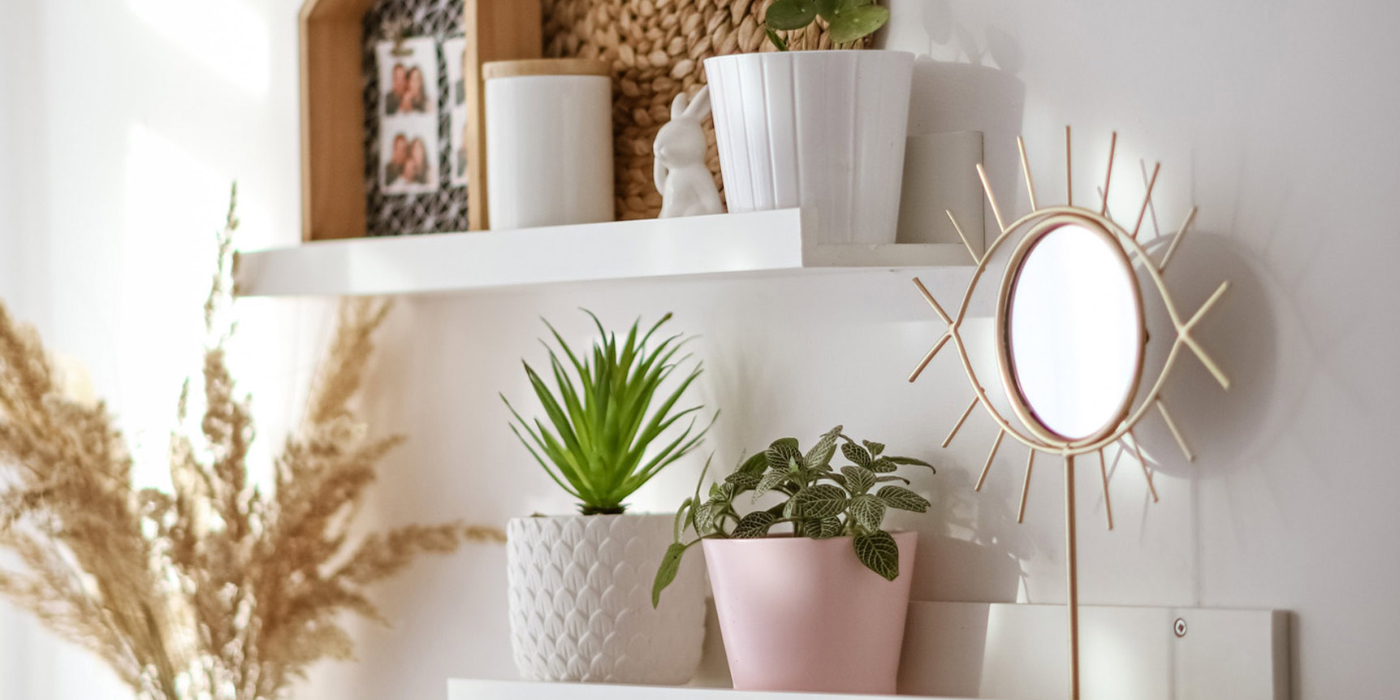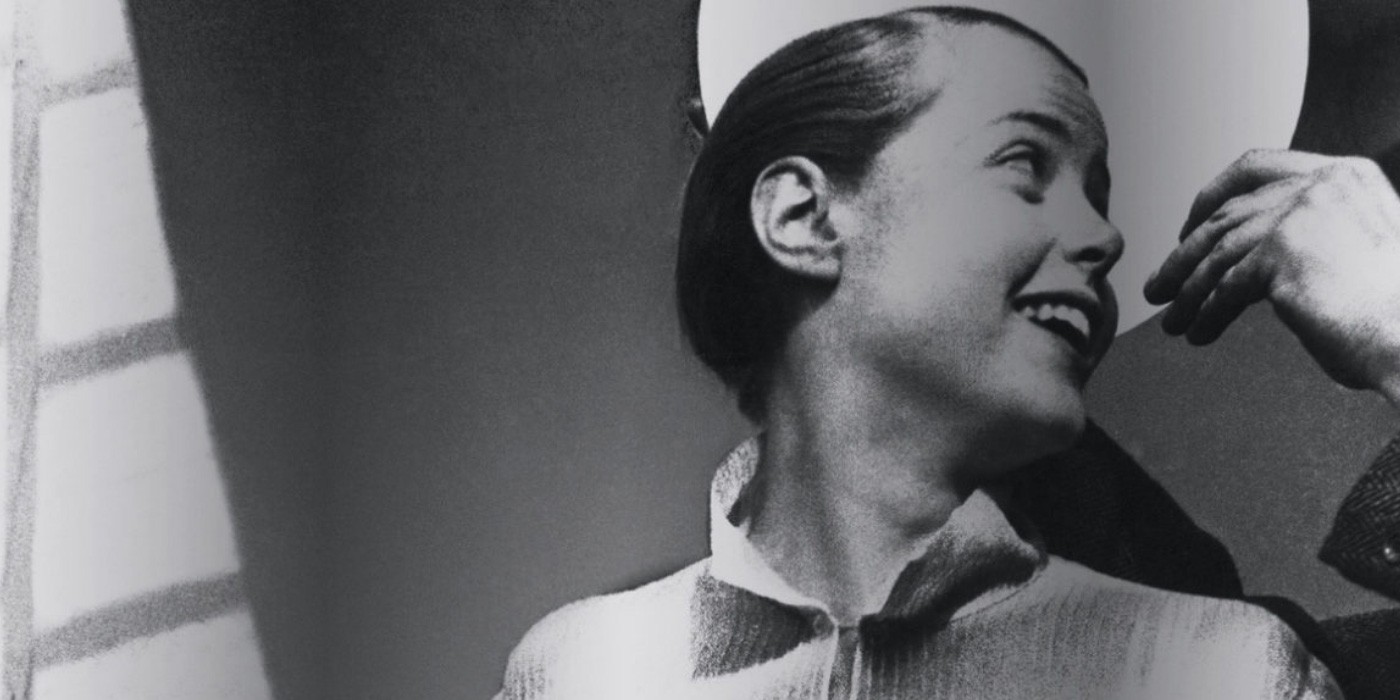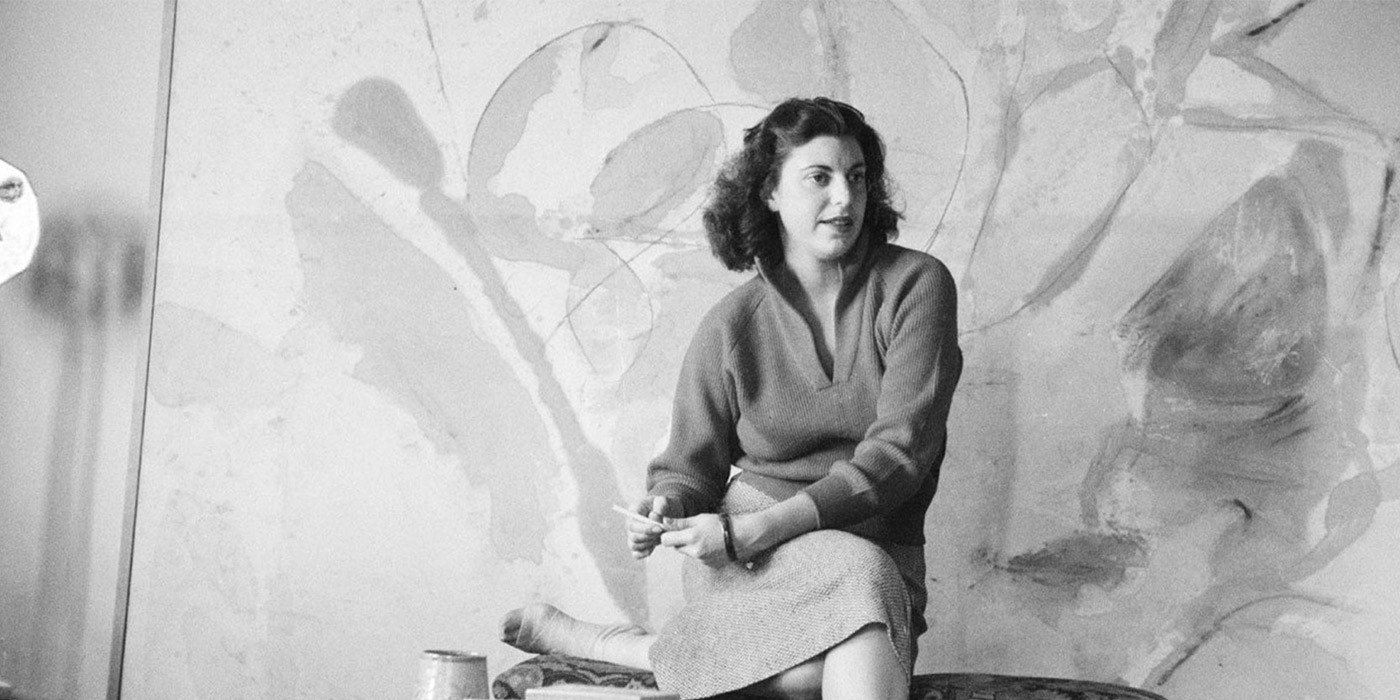How to Choose Art for Your Home
Many people find the process of buying art intimidating. Unless you’re a collector, curator or gallerist, or an artist yourself, chances are that the process does not come naturally.
The truth is, art is subjective. People experience and appreciate art in different ways, and what you conceive as beautiful might be considered the opposite by someone else.
For this reason, buying art is more of an intuitive process than you might think. But even though beauty is in the eye of the beholder, some guidelines still apply when choosing art for your home.
1. Trust your taste
Your home already reflects your style and personality, and the art you choose should do the same. Art is an investment, and many people worry about making a mistake.
Oftentimes it’s as simple as looking at a work of art and asking: “Do I like it? Does it compel me to keep looking at it?” Whether it's abstract expressionism or modernism, the art that you are attracted to will ultimately stand the test of time.
2. Scale
Art can add instant and compelling drama to a room, purely through its size. An over-large work of art can transform a room, while a very small object placed within a large space can draw the eye in fascination.
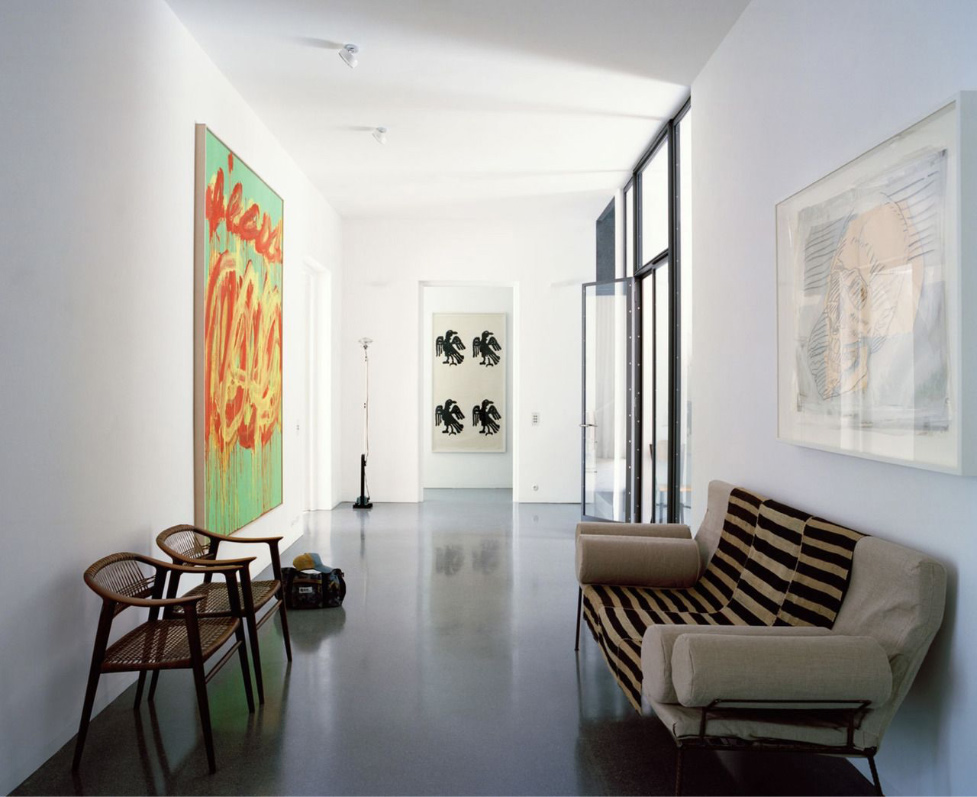
3. Mix and match
In the same way that individual items in your home, when placed together, create an eclectic aesthetic that communicates your personality, so too can your art collection.
Mix and match original paintings with ceramics, prints and photography. And don’t be afraid to add a piece of modern art to your classic living room – or a classical painting to your state-of-the-art kitchen.
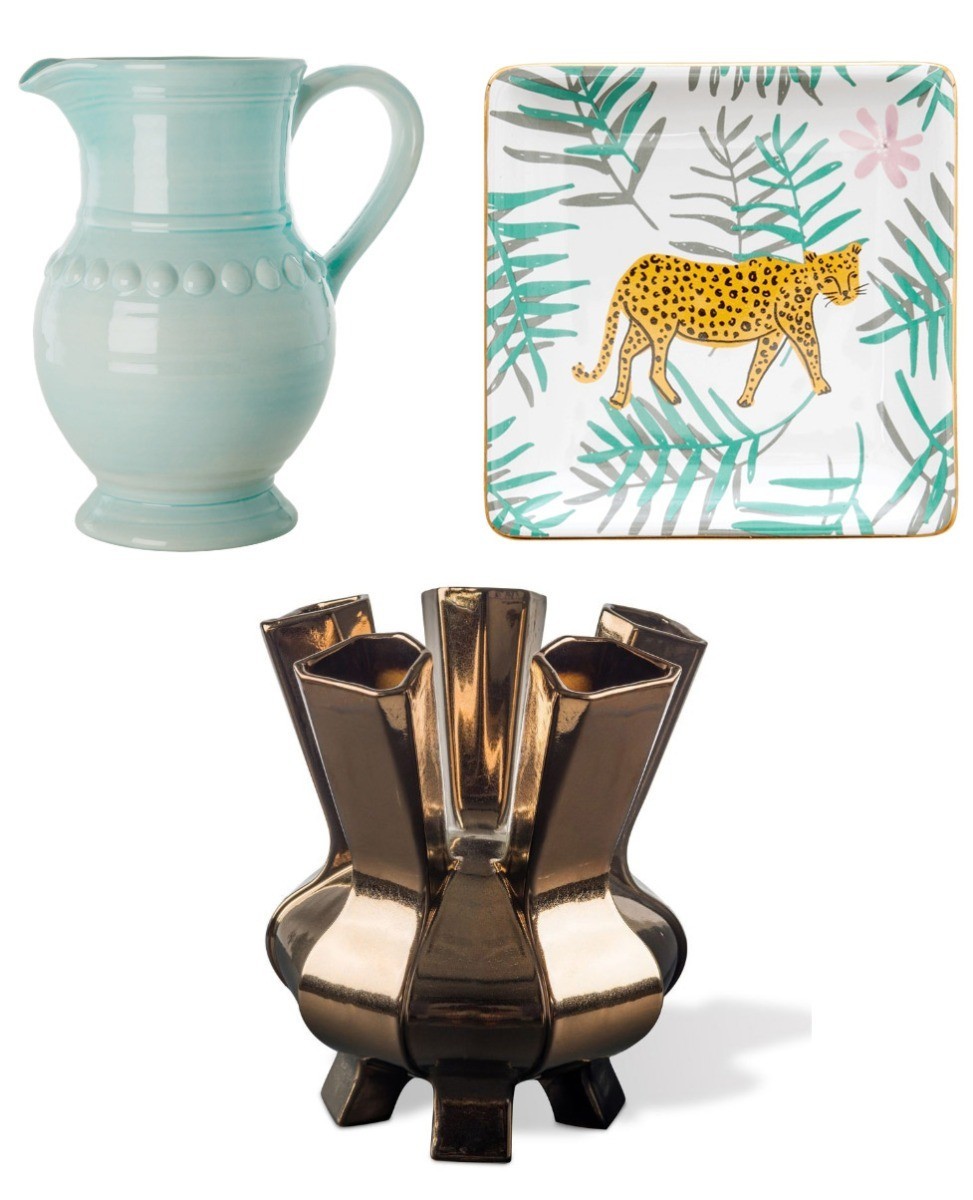
4. Framing
A frame can transform art. As a rule of thumb, opt for a frame that doesn't compete with the art in colour or texture (e.g. a busy image in an ornate, over-the-top frame).
If you’re unsure, keep it simple and minimal. Non-reflective glass will allow you to see the art at any time of day, while canvas paintings, which don’t require glass, look great in mouldings.
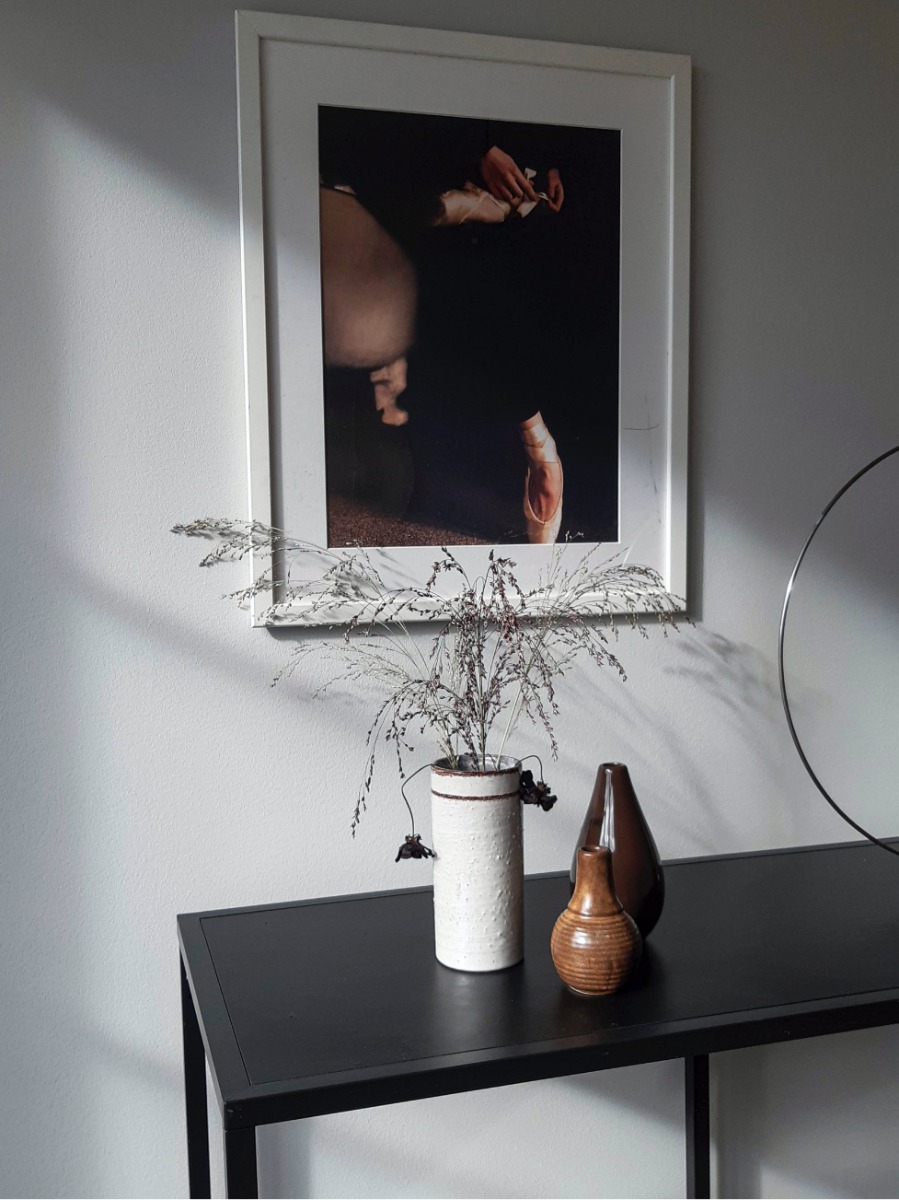
5. Hanging
Be sure to plan ahead and mock-up a layout so that you can visualise how the images will look together before hanging them.
Consider heights and angles. If your wall has no furniture in front of it, your focal artwork should hang at around eye level.
When you’re hanging artworks above a couch, let your eye guide you. There are no set rules – it all comes down to what looks good to you in your space.

